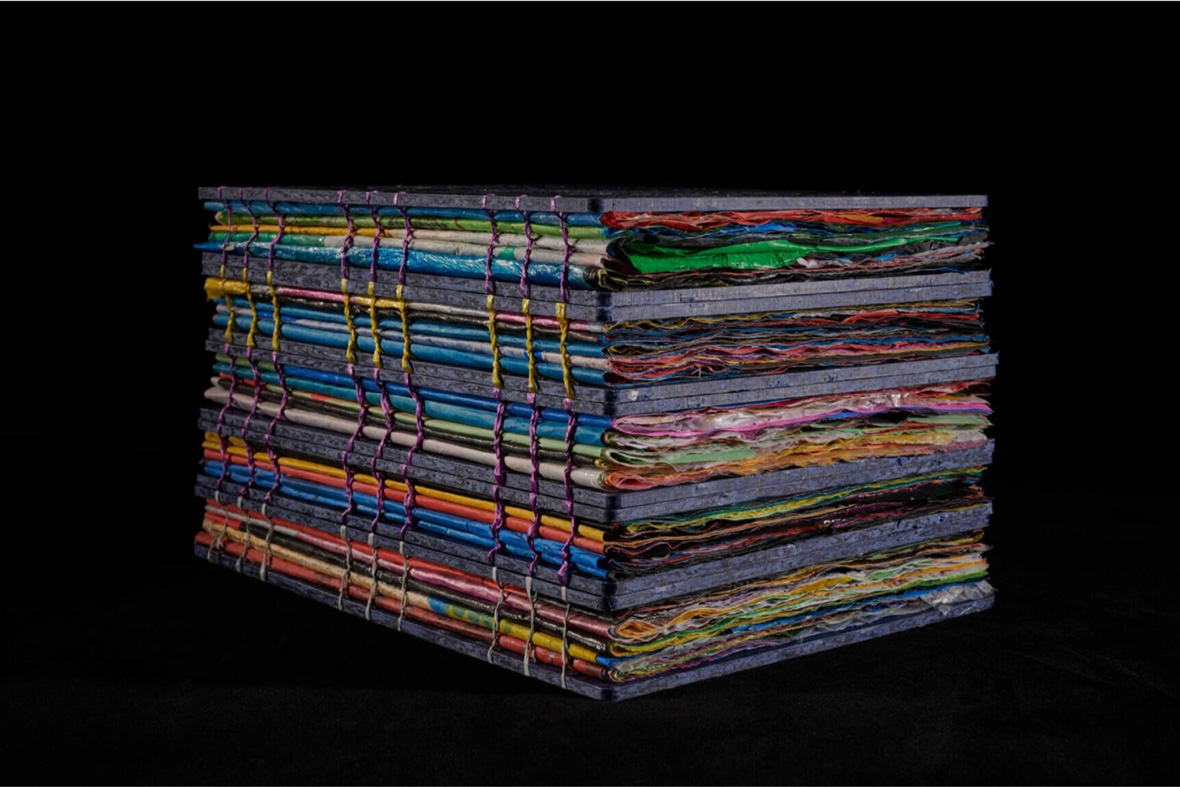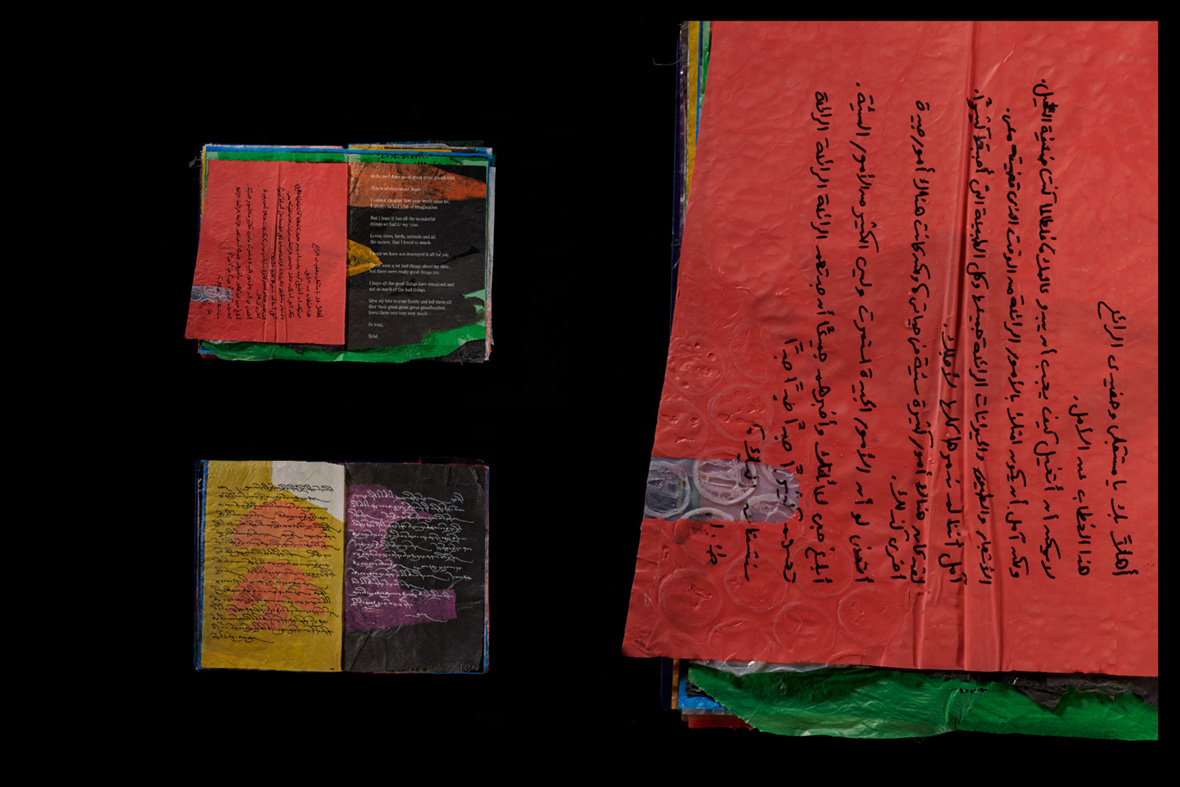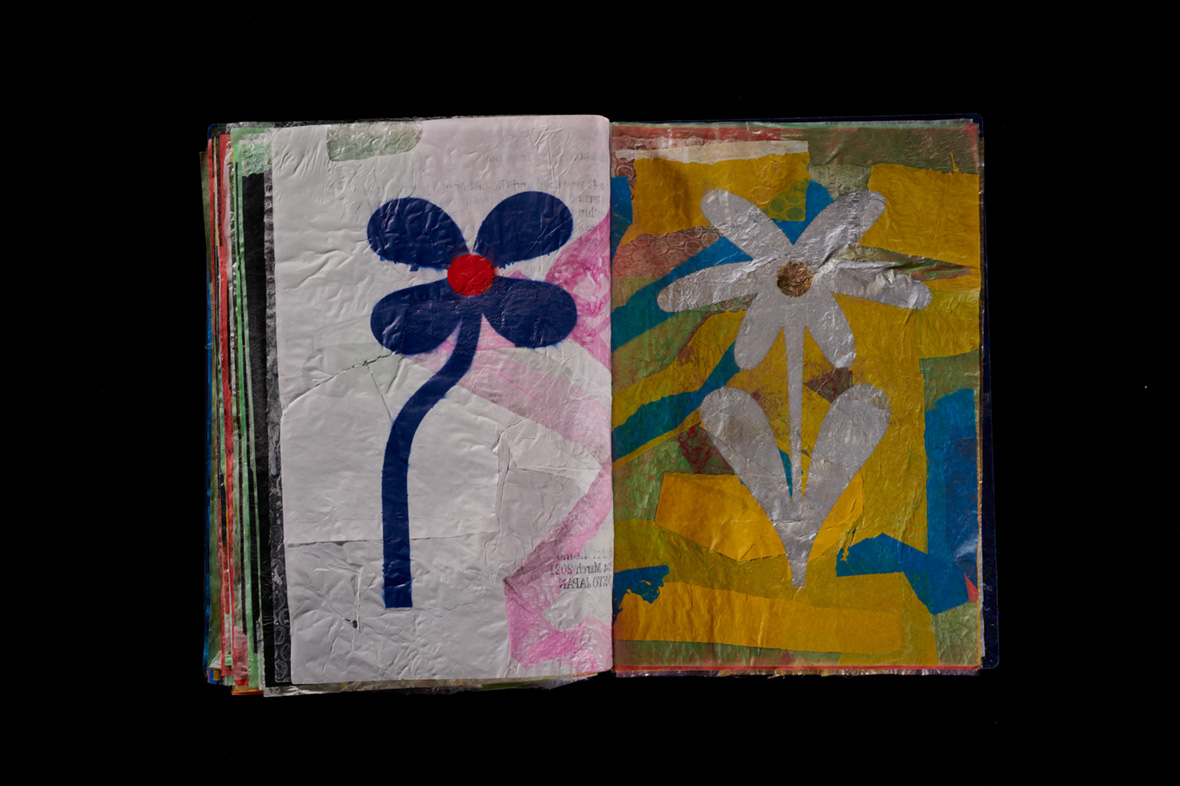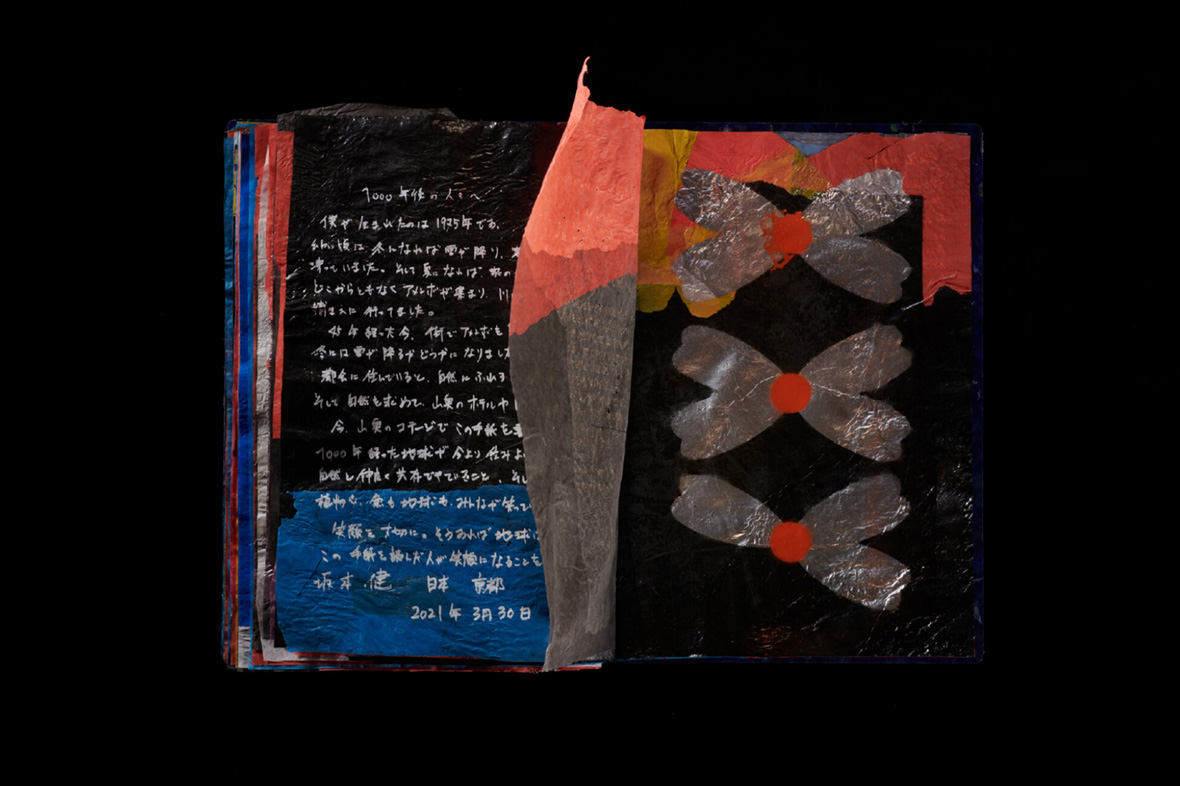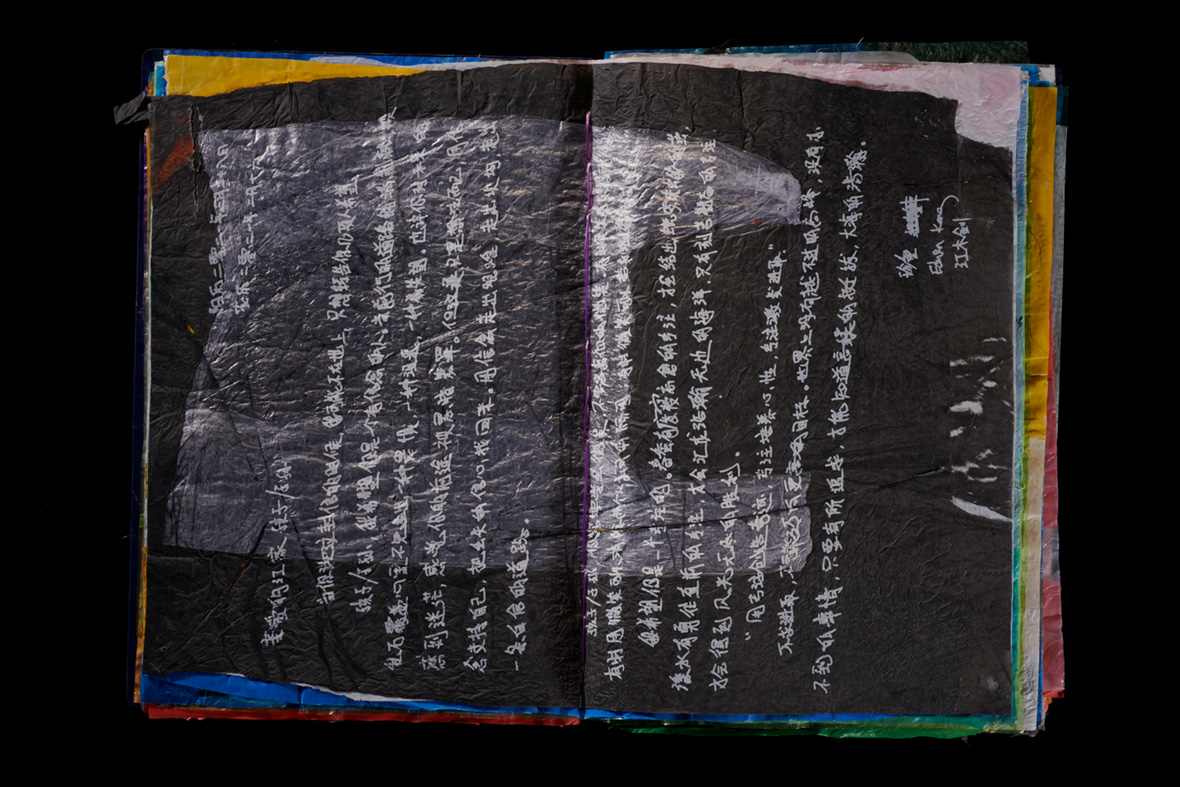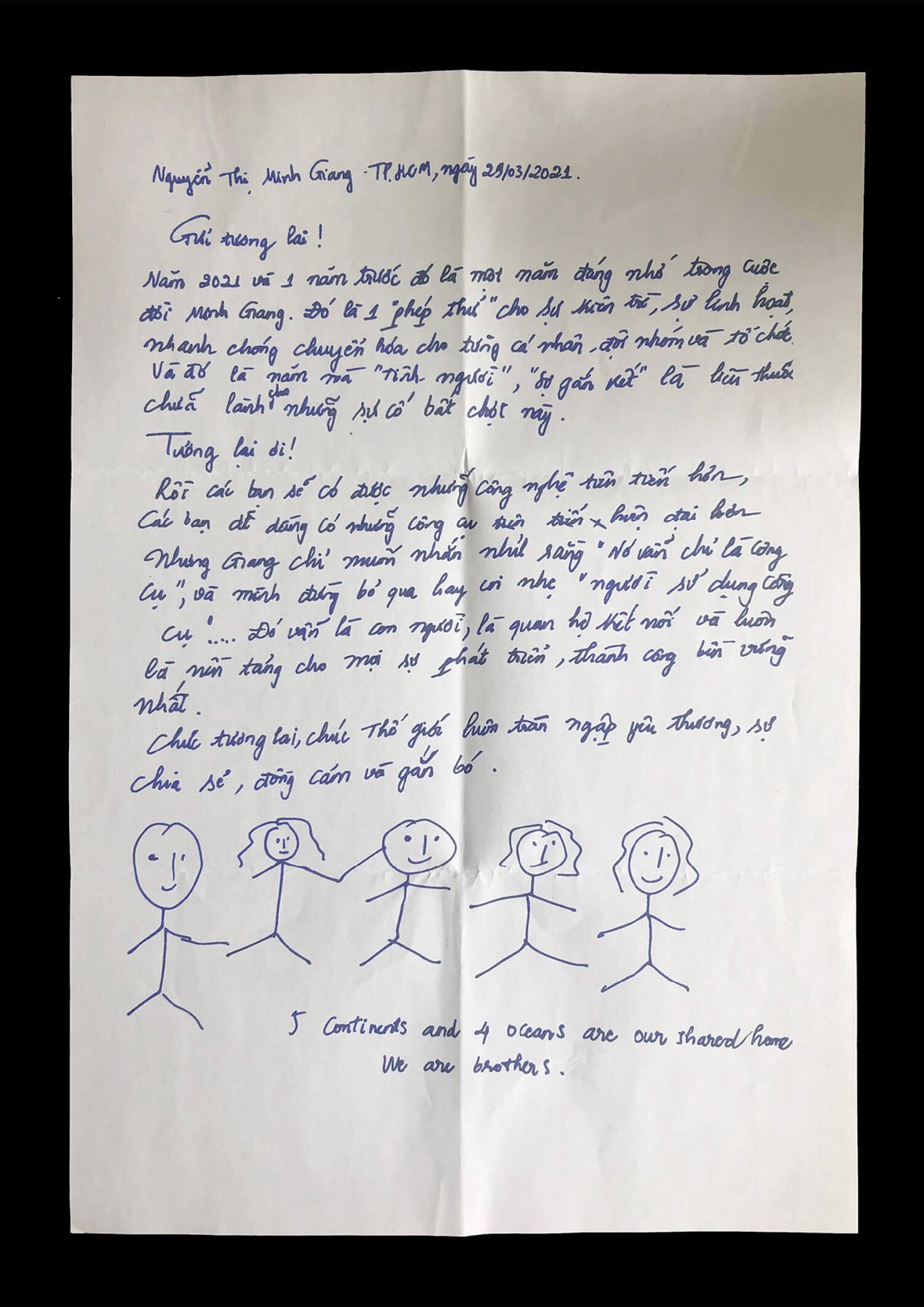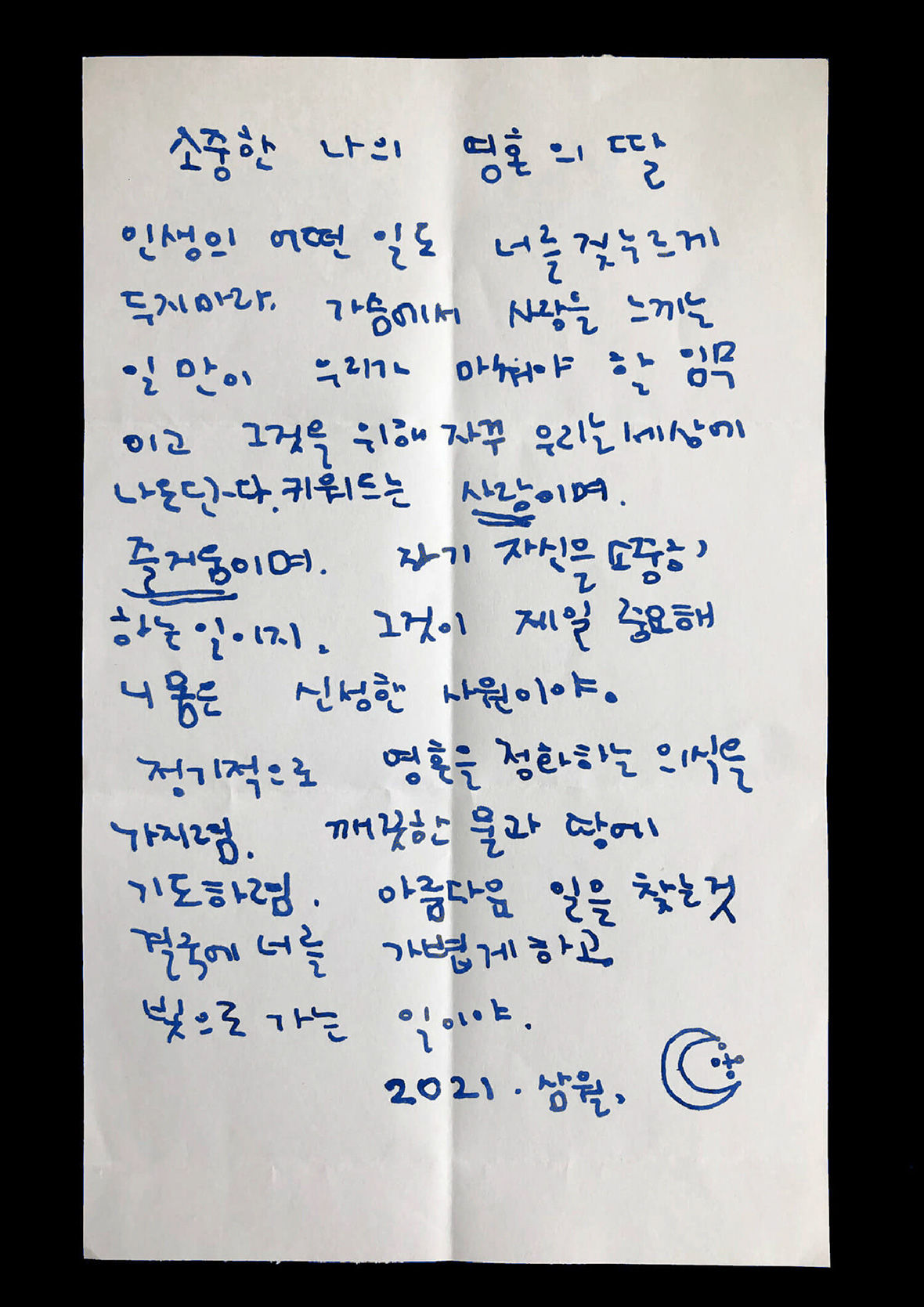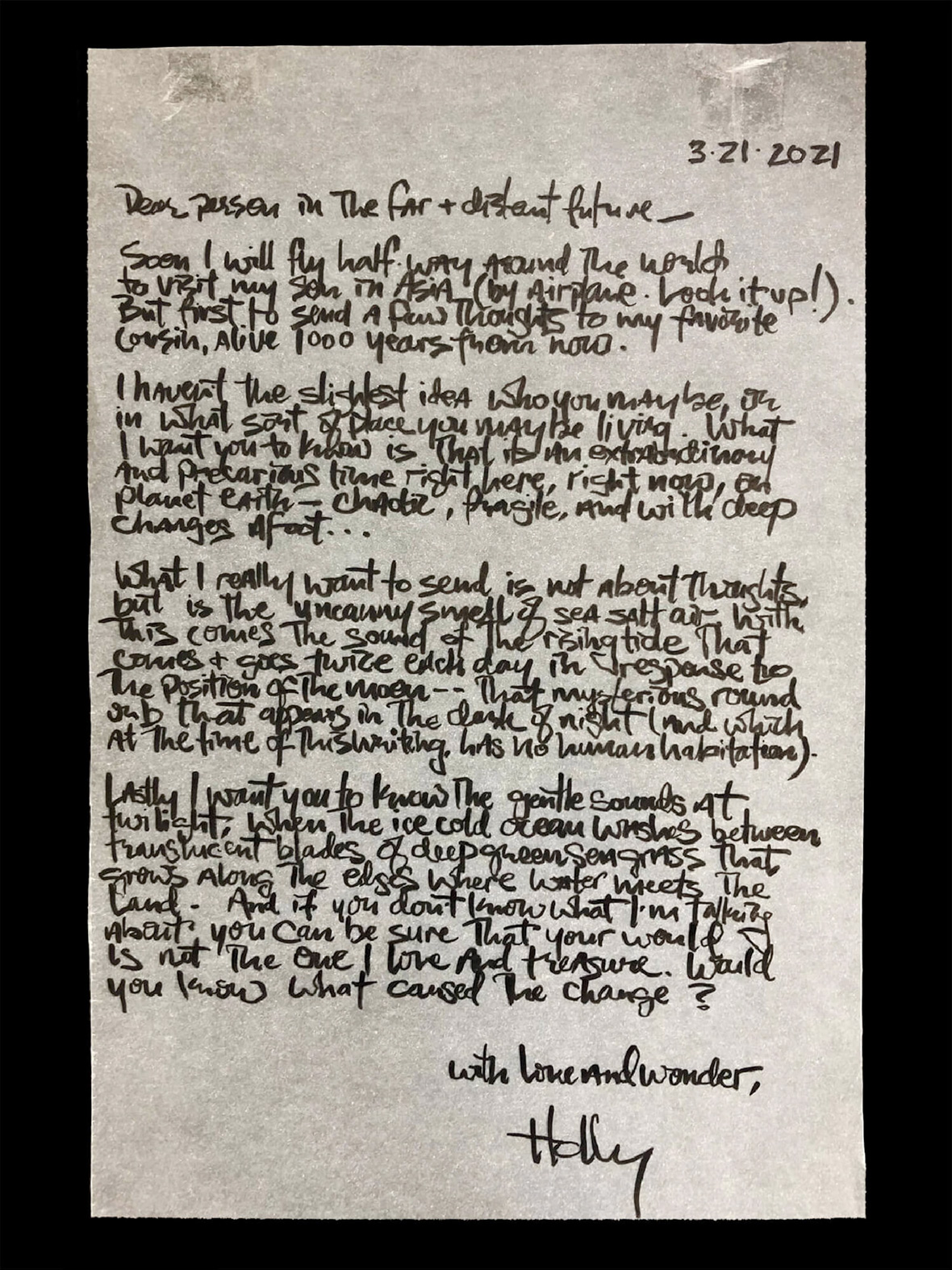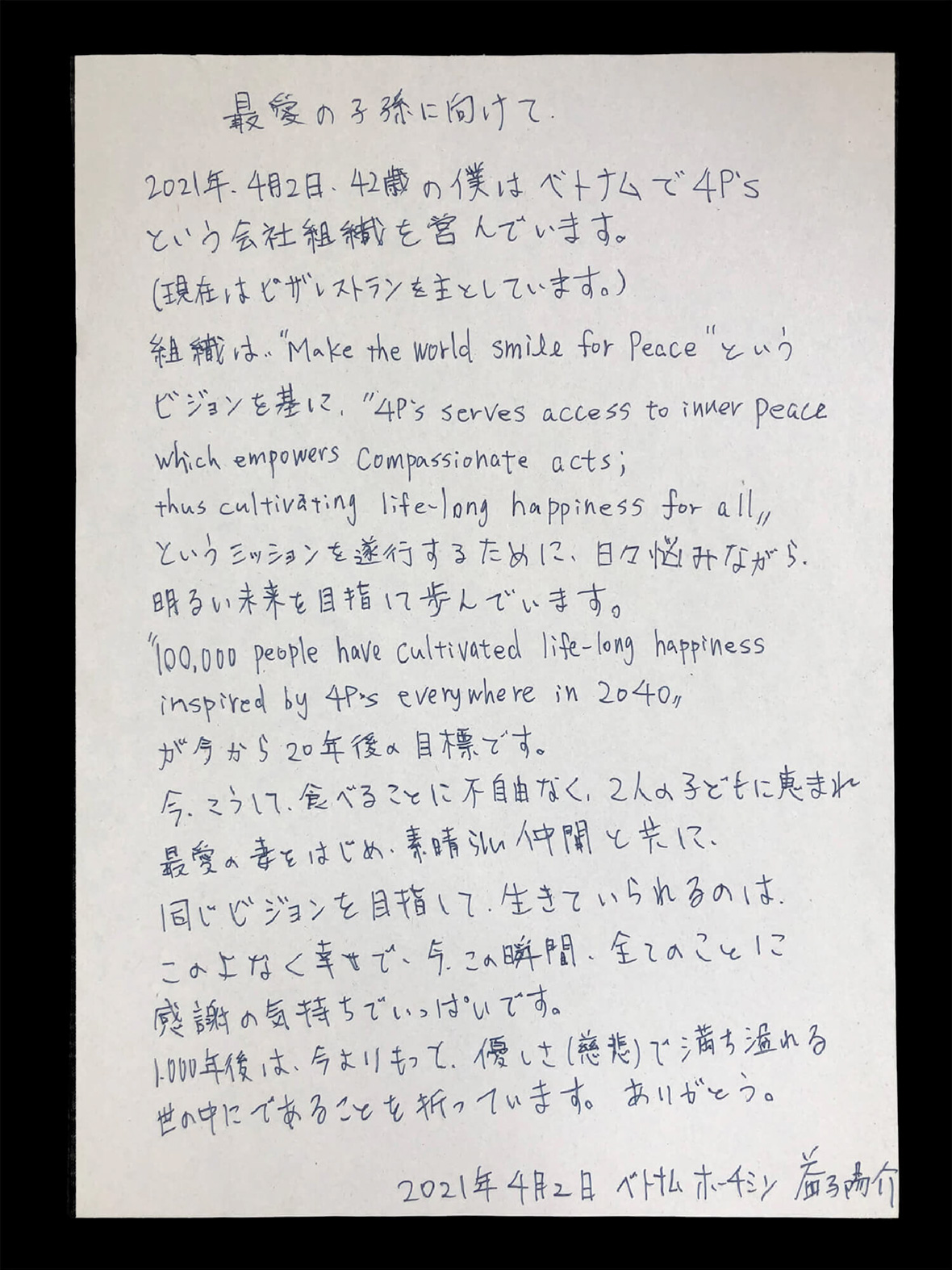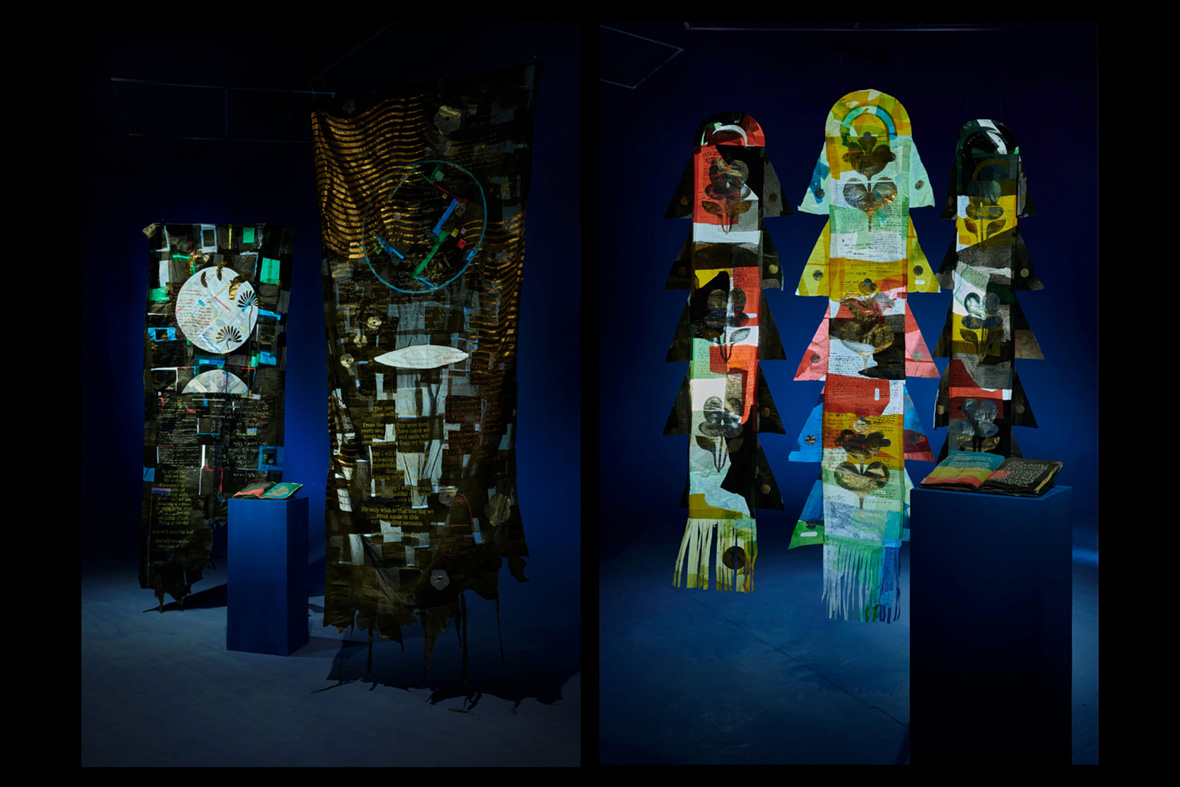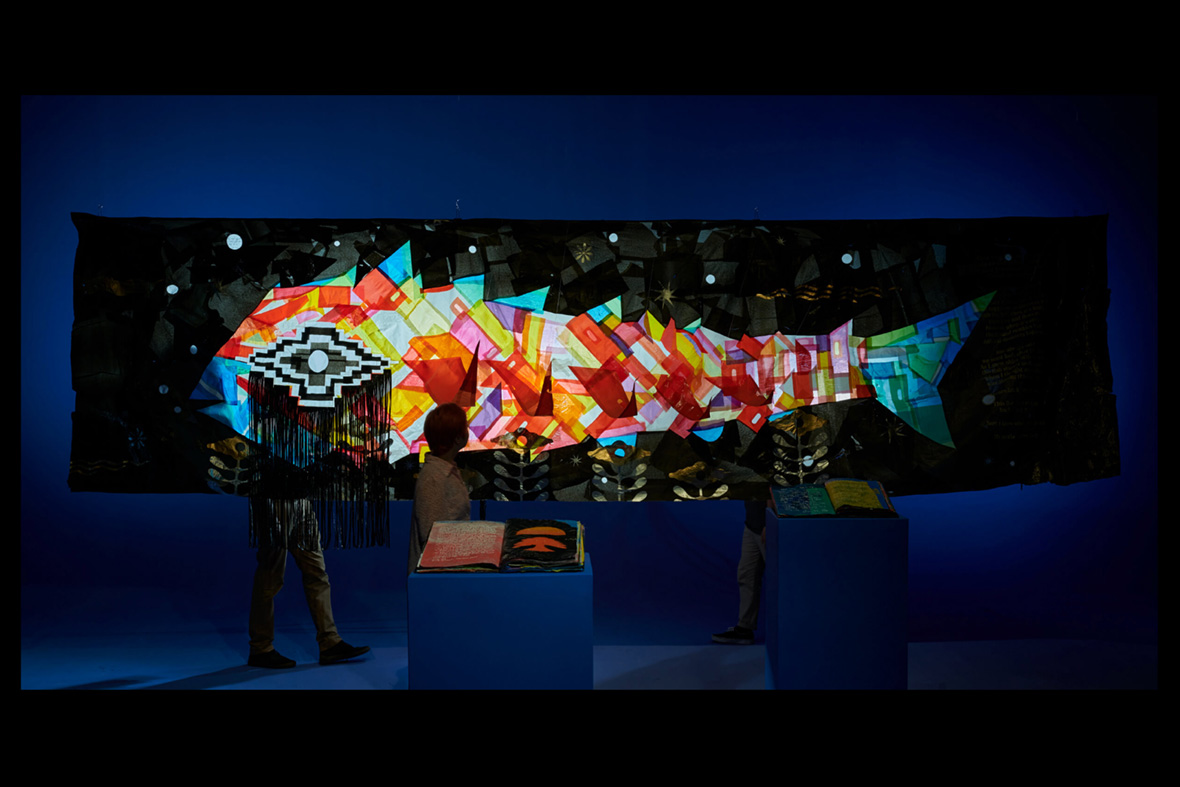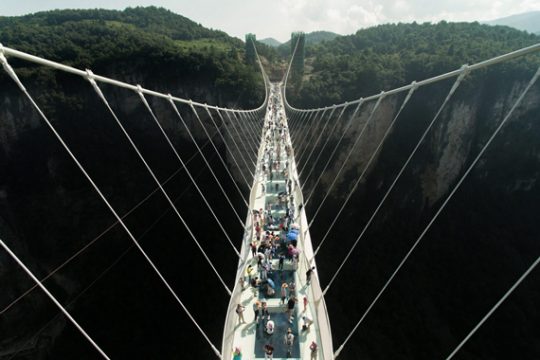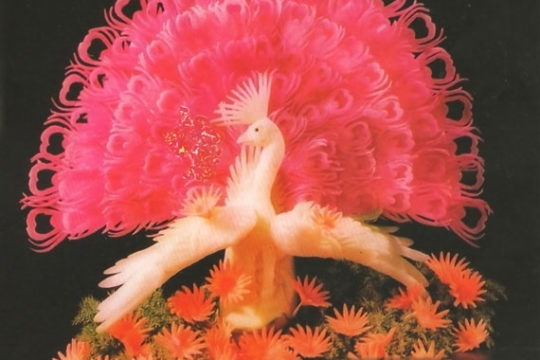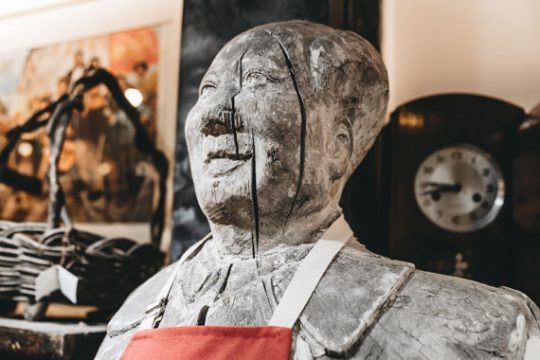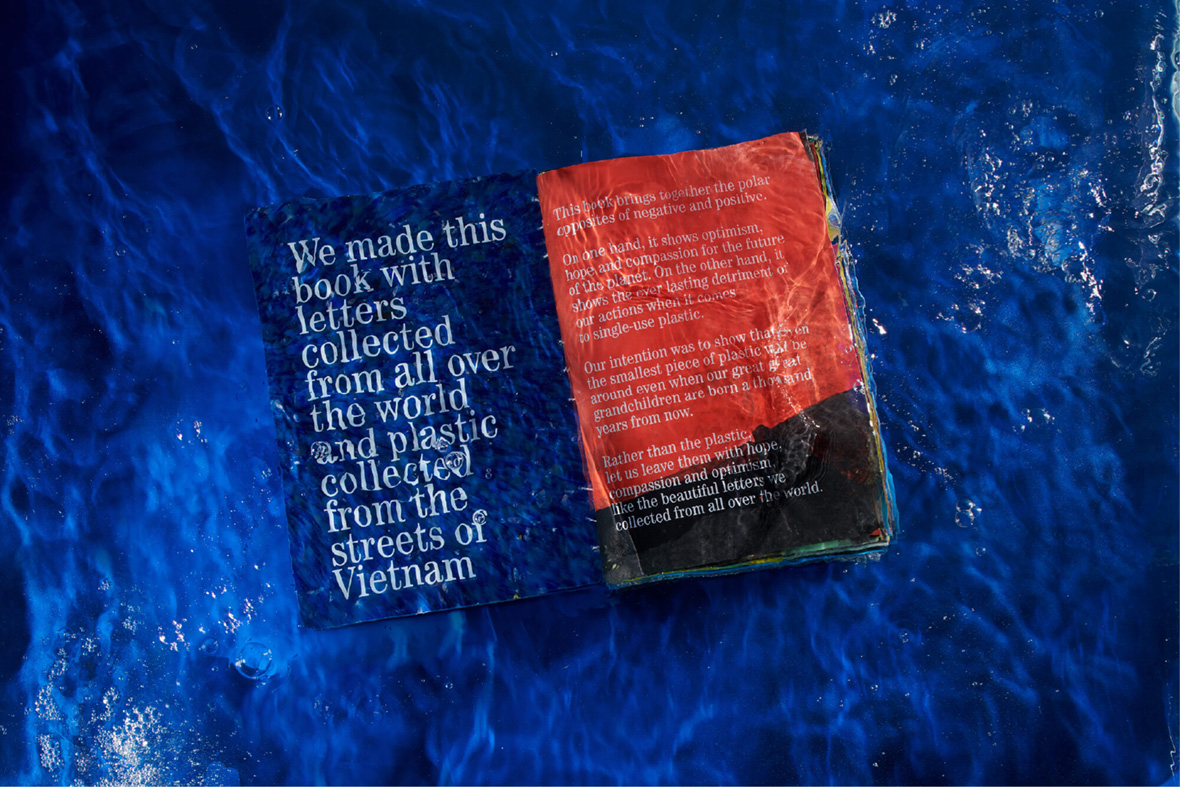
If you were to write a letter to your great great great grandchildren, what would you write? It’s worth thinking about, considering that the ramifications of our actions today can extend into their lifetimes and even further beyond. Such is the case with our plastic consumption.
Plastic can take hundreds of years to break down, if at all. Vietnamese creative agency Ki Saigon has decided to make this more than a hypothetical question and released a project titled Letters to the Future. They asked dozens of people to write letters to their distant future relatives and printed them in books made from discarded plastics, a material that will still be intact when future generations get around to reading them.
如果要给你的曾曾曾子孙写一封信,你会写什么?对于这个问题,你可得想清楚再回答,因为人类的行为或许已会对未来产生种种蝴蝶效应,单从环境的角度来看,塑料的滥用就会造成不可估量的后果。
即便塑料可以被大自然消化,但完全降解也得要数百年时间。越南创意机构 Ki Saigon 从该环境问题入手,推出了名为 “Letters to the Future” 的创意项目。项目中,他们邀请数十人写信给未来,信的内容被印刻在废弃的塑料制品上面。多年之后,这种材料依然能完好保存,供后代阅读。
Kumkum Fernando, a co-founder of the agency and the creative director for the project, says the idea was sparked when he learned that every piece of plastic made since the material’s invention is still here on Earth. “We mindlessly use plastic in our daily lives and don’t really think how long the bottle or plastic bag that came along with it will last,” he says. The scale of plastic waste is difficult to comprehend. An estimated eight million metric tons of plastic from around the world end up in the oceans each year, a number that keeps rising. Much of this plastic ends up swirling around in one of five floating garbage patches, the biggest of which is three times the size of France. Some studies suggest that 80 percent of plastic pollution in the ocean comes from Asia, although more recent studies point out that a significant amount of that plastic was shipped from the US and the UK. Many Asian countries, including Vietnam, have recently banned the import of plastic waste.
机构的联合创始人兼项目创意总监 Kumkum Fernando 表示,人类自发明塑料以来,所制造的每一块塑料至今仍然存在于地球,这萌生了他想要制作这个项目的冲动。他说:“日常生活中,人类无意识地滥用塑料,从不论其后果。” 现如今,塑料垃圾的规模已经庞大到难以置信的地步。据统计,每年世界各地有约 800 万吨塑料流入海洋,这个数字还在不断攀升。大部分塑料最终会流入全球五个漂浮垃圾集中区域,其中最大的一个垃圾集中区大小是法国面积的三倍。研究表明,海洋中 80% 的塑料污染来自亚洲;而最近又有研究指出,其中大量的塑料是从美国和英国运出。最近,包括越南在内的许多亚洲国家都已禁止了废弃塑料的入境。
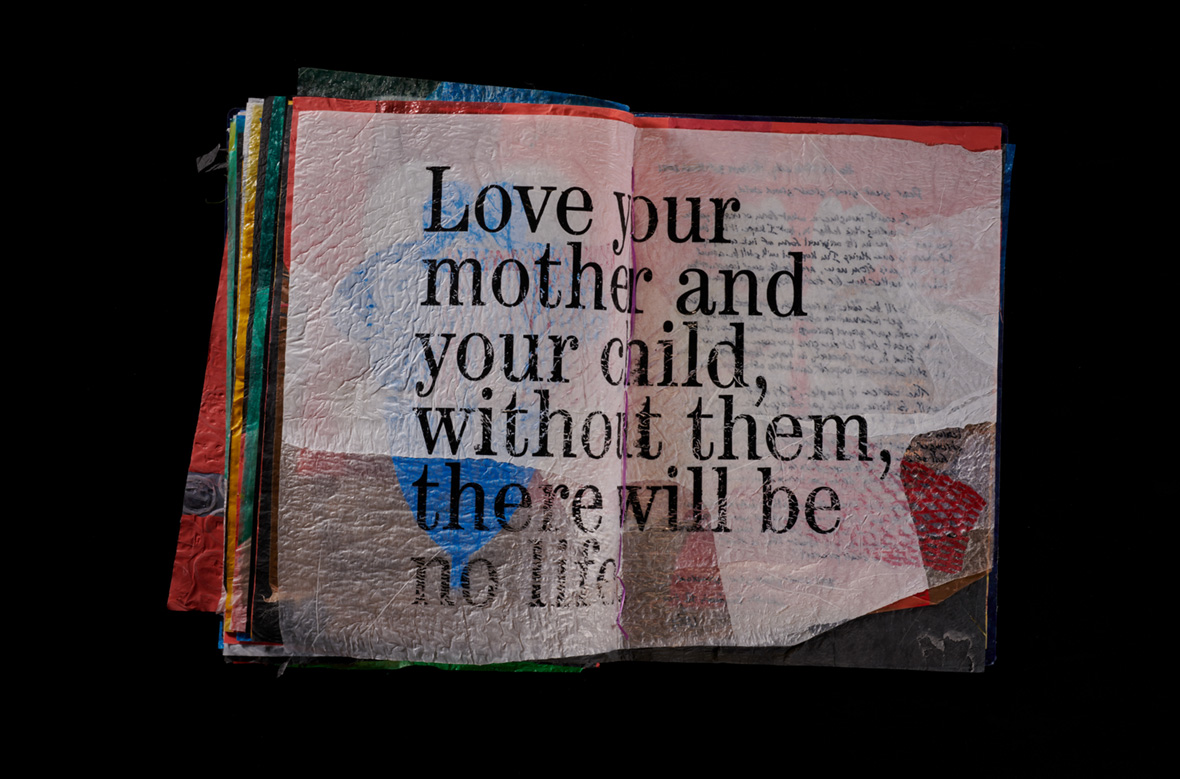
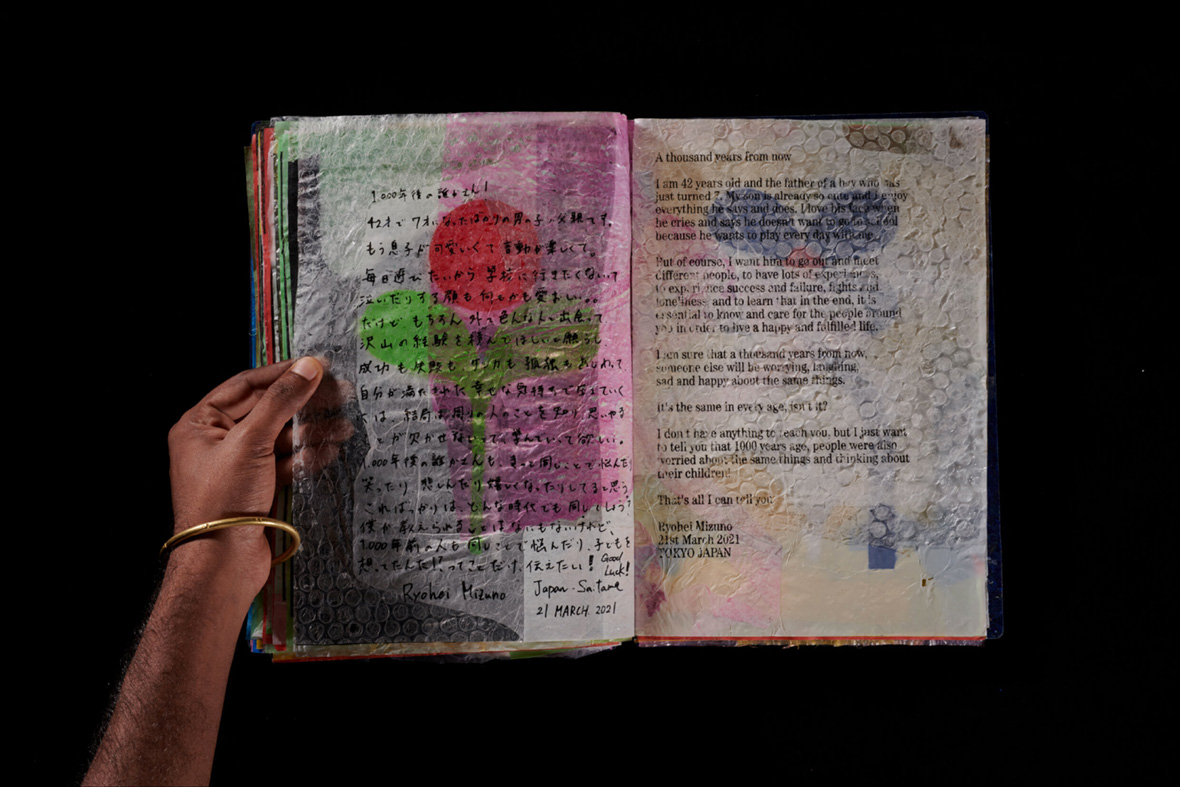
To raise awareness about the lifespan of plastic, Ki Saigon went to work on the Letters project. First, they reached out to friends and family, asking them to write the letters. The first entry was penned by Fernando’s mother. “There were some really touching and personal stories and learnings,” he says. “Some people even shared secrets they would never share with anyone and decided to stay anonymous.” The team ended up with letters from 22 countries written in 30 languages, and each letter has an English translation printed alongside it. “Since most of the letters wished for optimism and peace for the generations to come, we came to think of the book as like a prayer.” So the first page of each book starts with the line, “This is a prayer to the future.”
Ki Saigon 的书信项目旨在提高人们对塑料的认知。他们首先邀请了各自的亲朋好友参与到书信项目中,收到的第一封信由 Kumkum 母亲所写。Kumkum 说:“信中有一些非常感人的故事和经历,有的人甚至分享了他们从未透露过的秘密,并以匿名的形式发表。” 最终,团队收到了来自 22 个国家、30 种语言完成的信件,每封信旁边都印有英文翻译。“大多数信件的内容都寄予了希望,祝子孙后代幸福安康、愿世界和平之类的话,像是某种对未来的祈祷。”
后来,“对未来的祈祷”(This is a prayer to the future.)这句话,也因此被印在了信集的首页。
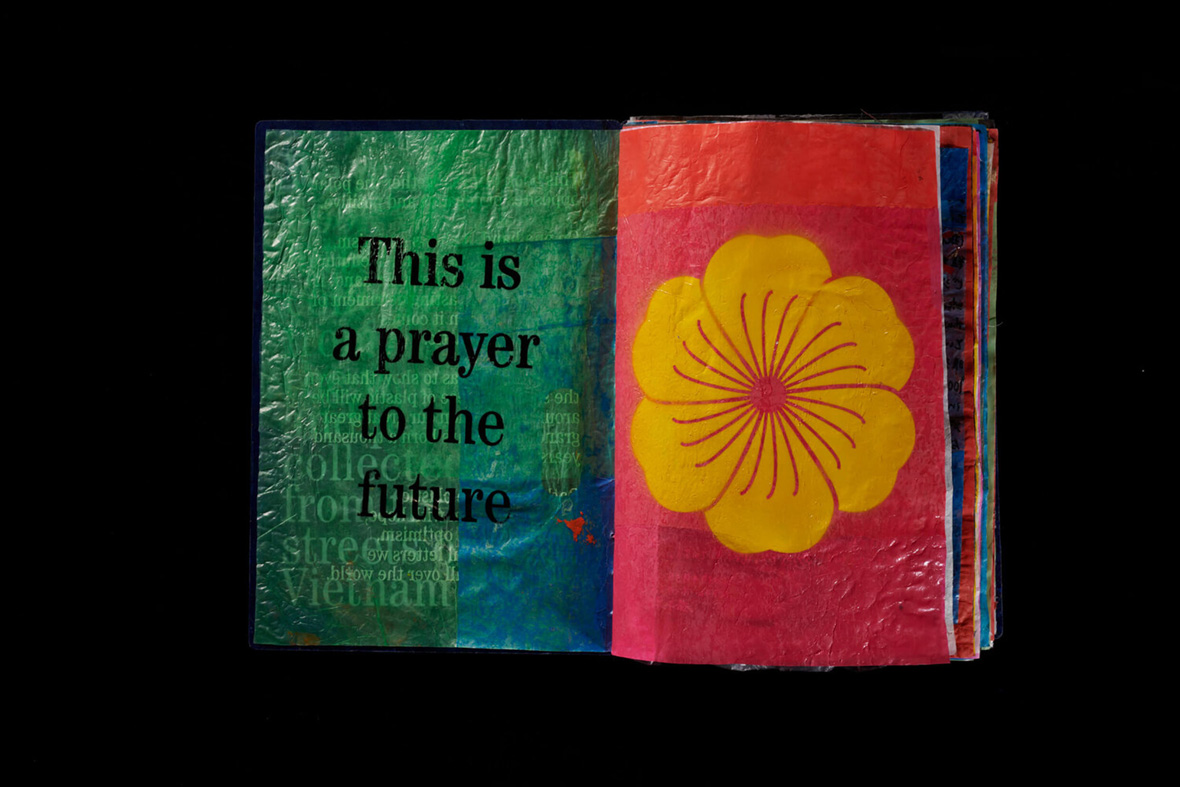
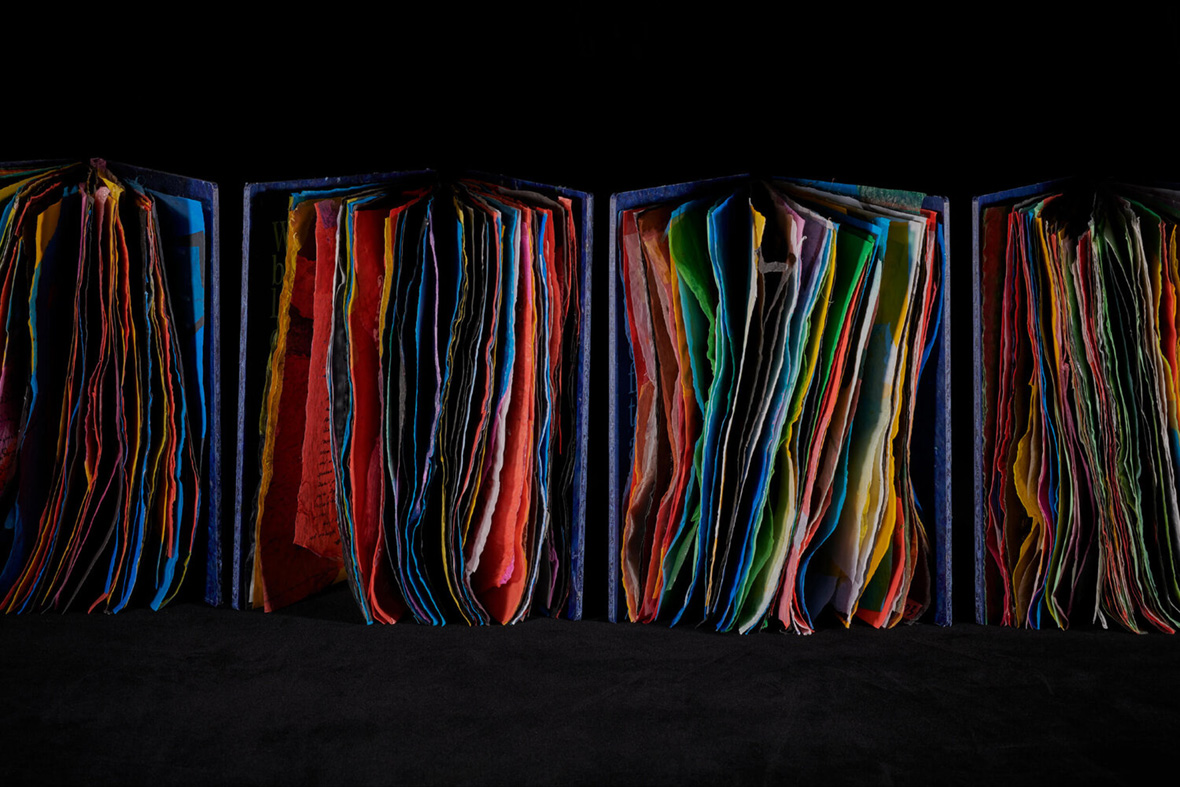
To gather materials for the books, the agency teamed up with local recyclers to collect plastic from the streets of Saigon. They sought out thin sheet plastic like bottles, wrappers, bubble wrap, plastic bags, and thin Styrofoam. Once collected, they washed and ironed it all flat, even melting down some thicker plastics like straws, cups, and bottle caps for certain pages. Each page is unique and has its own texture and color that reveal hints of the original material. Even the stitching for the book is plastic.
在制作过程中,机构与当地回收商合作,在西贡街头收集塑料,主要以轻薄塑料为主,如塑料瓶、塑料包装、气泡塑料膜、塑料袋以及轻薄的塑料泡沫;随后将收集来的塑料清洗并熨烫,一些较厚的塑料(如吸管、杯子和瓶盖)通常需要先融化再进行制作。这些使得信集的每一页都变得独一无二,呈现不尽相同的纹理和颜色,隐约透露出原始材料的出处。一些书本的细节,例如的装订线,也都由塑料材质制成。
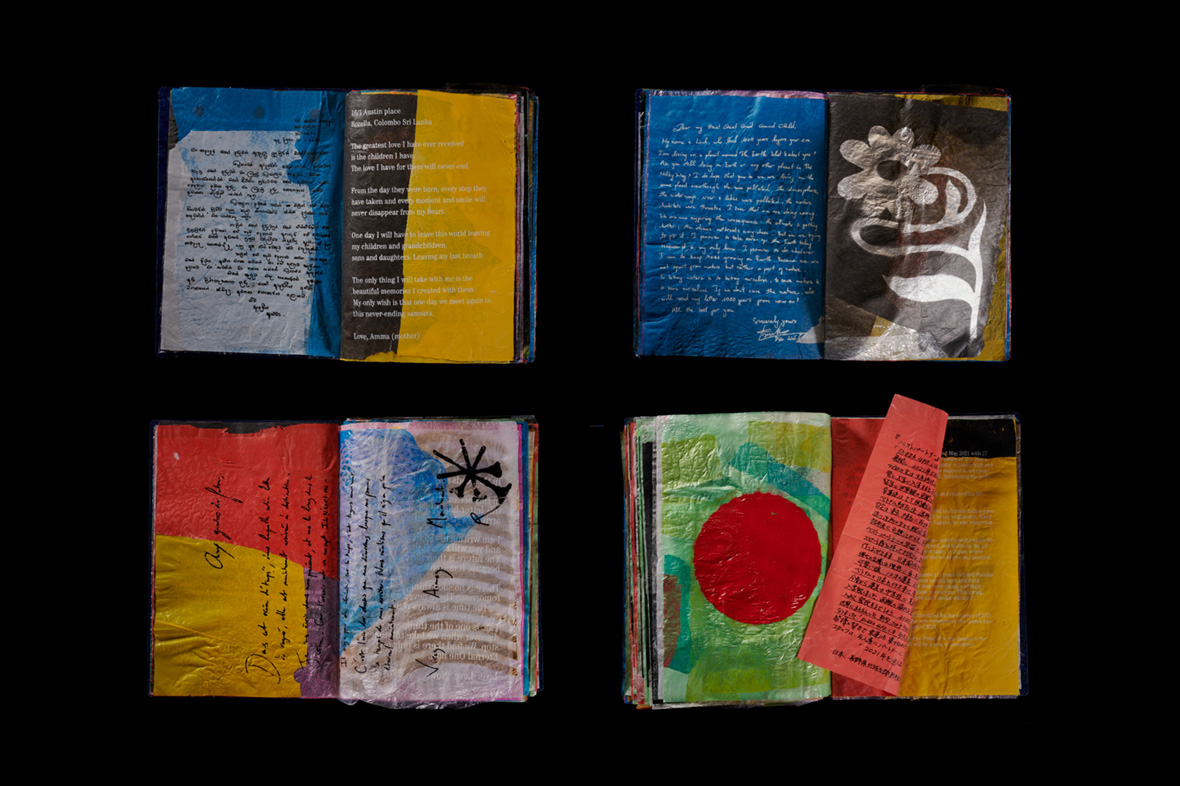
Next, illustrator Luong Doo from the Ki Saigon team created designs as a visual break from the dense text, which were spraypainted and stenciled into the book. They then silkscreen printed photos of the letters directly onto the pages. “I felt that was very important for us to preserve,” Fernando says of the authors’ original writing. The handwritten Mandarin, Japanese, Burmese, and much more create additional diversity to the already colorful pages. The team will eventually publish all of the letters with translations on the project’s website.
Ki Saigon also designed an exhibition to showcase the books in person. Additional pieces were made with the same techniques and materials, and the project was reimagined as installation art. For the exhibition, tapestries woven from plastic hang in an all-blue gallery space. Each piece seems to shimmer and glow from light caught in the semi-transparent colors of the salvaged materials. Many of the pieces either depict or resemble fish, and combined with the sea-blue surroundings, it’s an adept reminder of the state of our neglected oceans. The show is currently closed due to COVID, but Ki Saigon has plans of taking the show abroad, with exhibitions planned for China and Malaysia.
除此之外,Ki Saigon 团队还筹办展览来展示信集,并以同样的工艺制作了更多作品。他们还以装置艺术的形式对塑料话题进行了重新构想:在纯蓝色的画廊空间,悬挂采用塑料编织而成的挂毯,这些回收来的塑料透过灯光变得交辉相映。挂毯中多数描绘了鱼的图案,与海蓝色灯光营造的室内环境相得益彰,巧妙地提醒观众关注海洋问题。该展览目前因新冠疫情而停止开放,但 Ki Saigon 准备将展览带到国外,他们计划在中国和马来西亚举办。
Like our stories? Follow us on Facebook and Instagram.
Websites: www.kisaigon.com | www.letters-to-the-future.com
Instagram: @ki.saigon
Contributor: Mike Steyels
Chinese Translation: Olivia Li
网站: www.kisaigon.com | www.letters-to-the-future.com
Instagram: @ki.saigon
供稿人: Mike Steyels
英译中: Olivia Li

